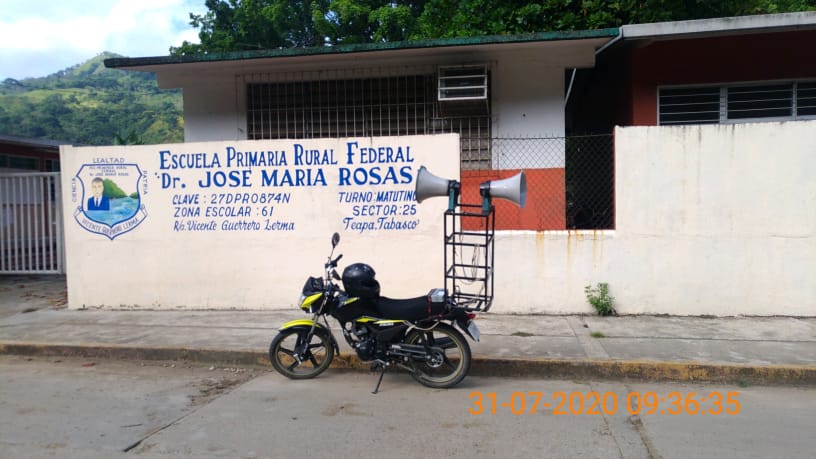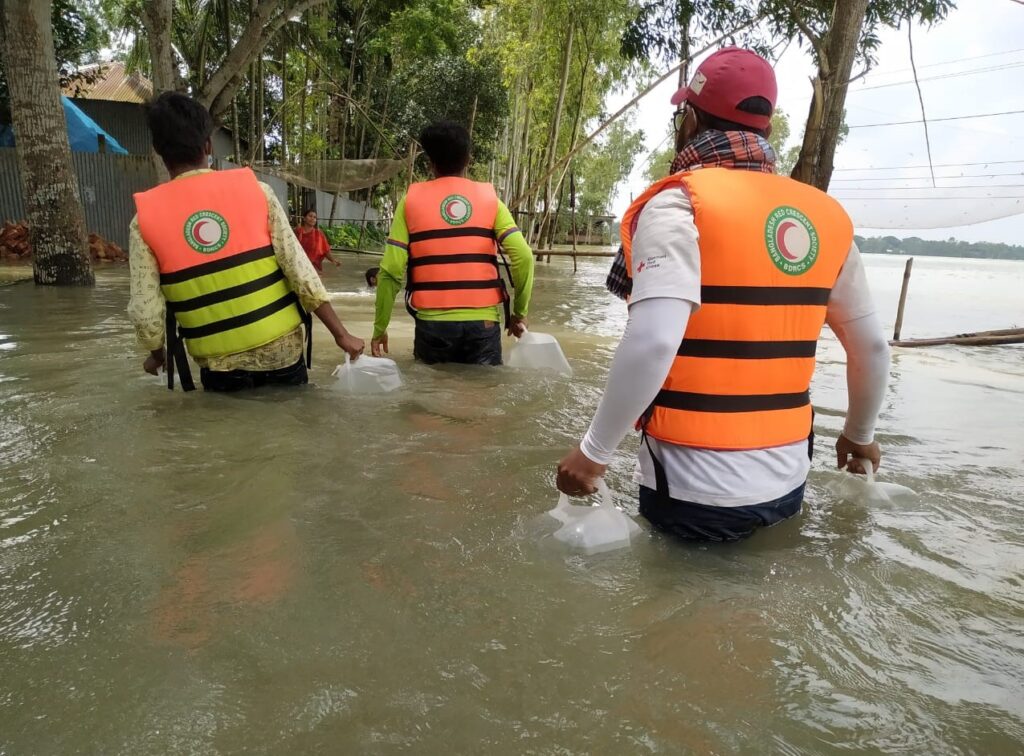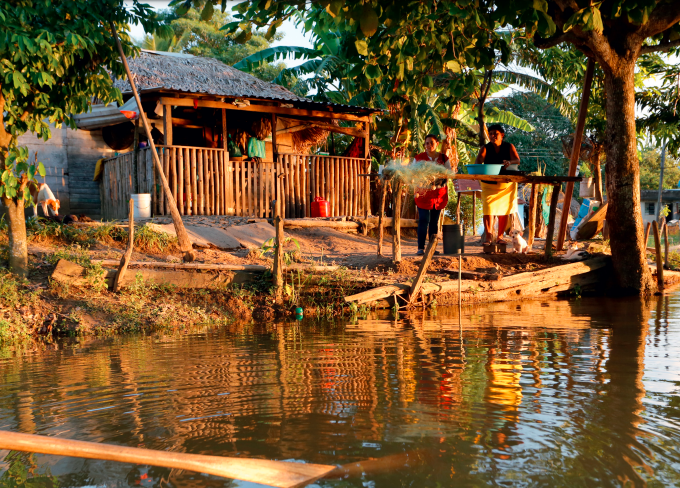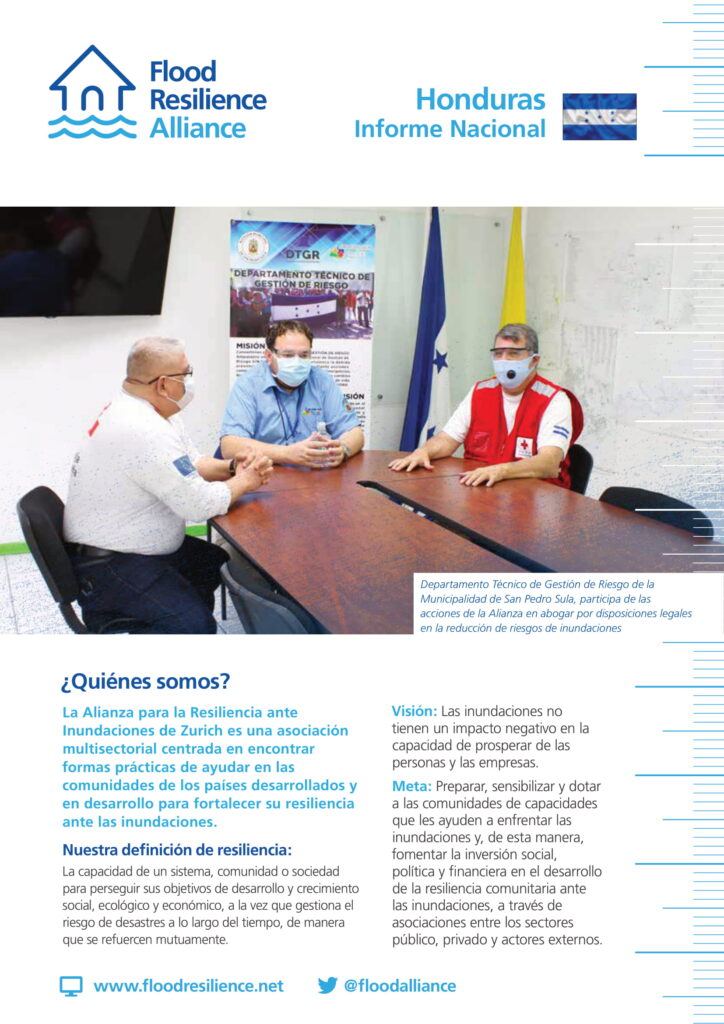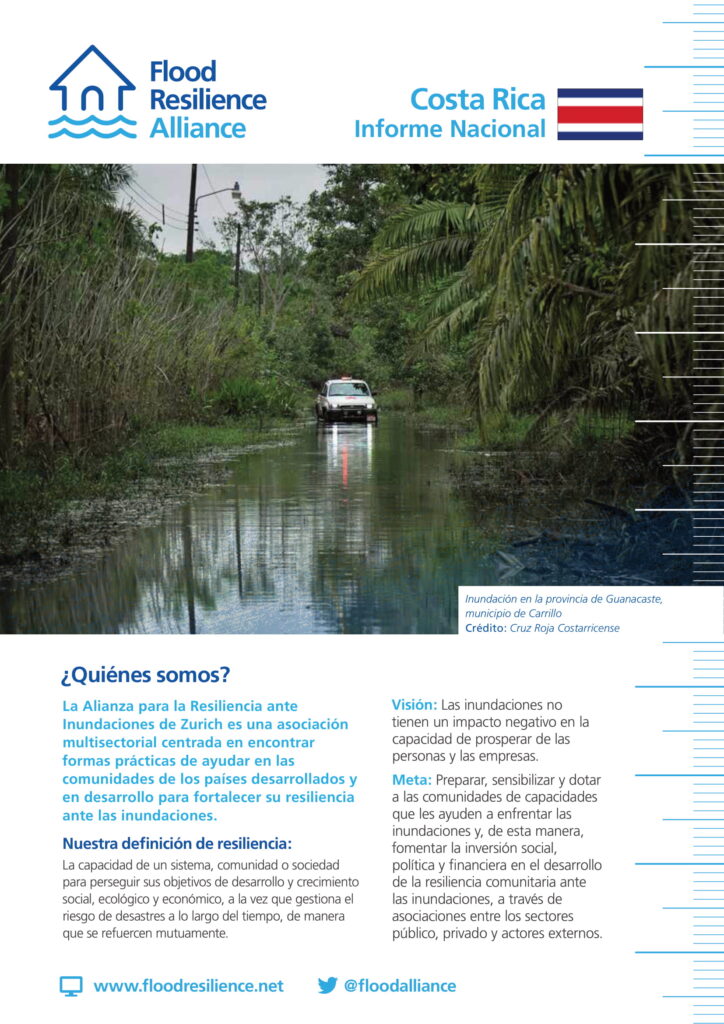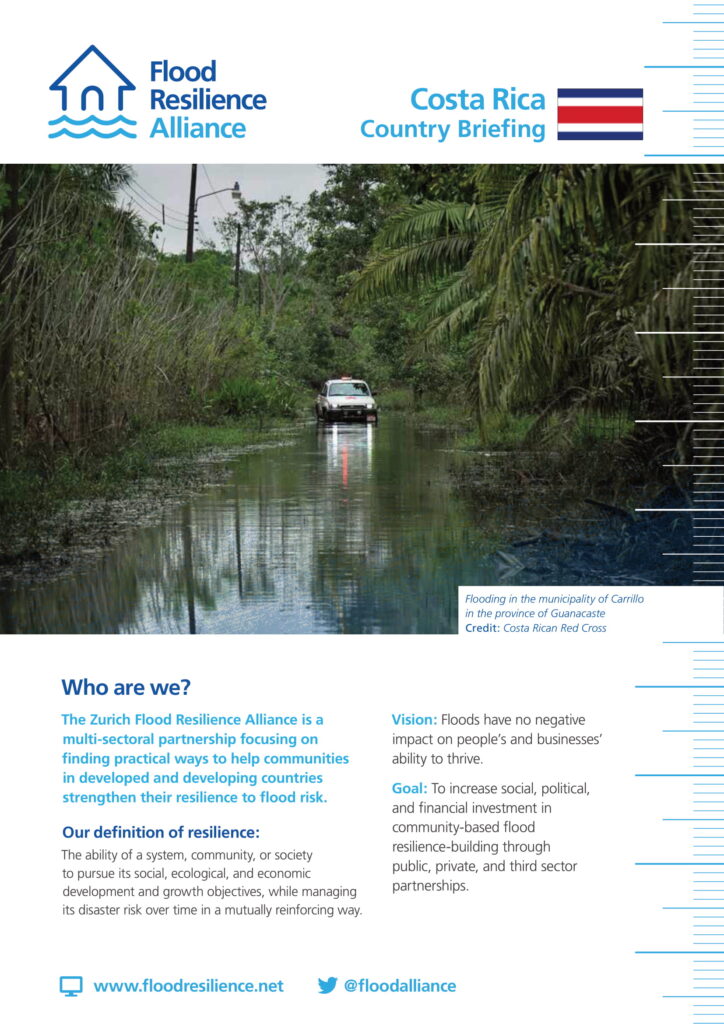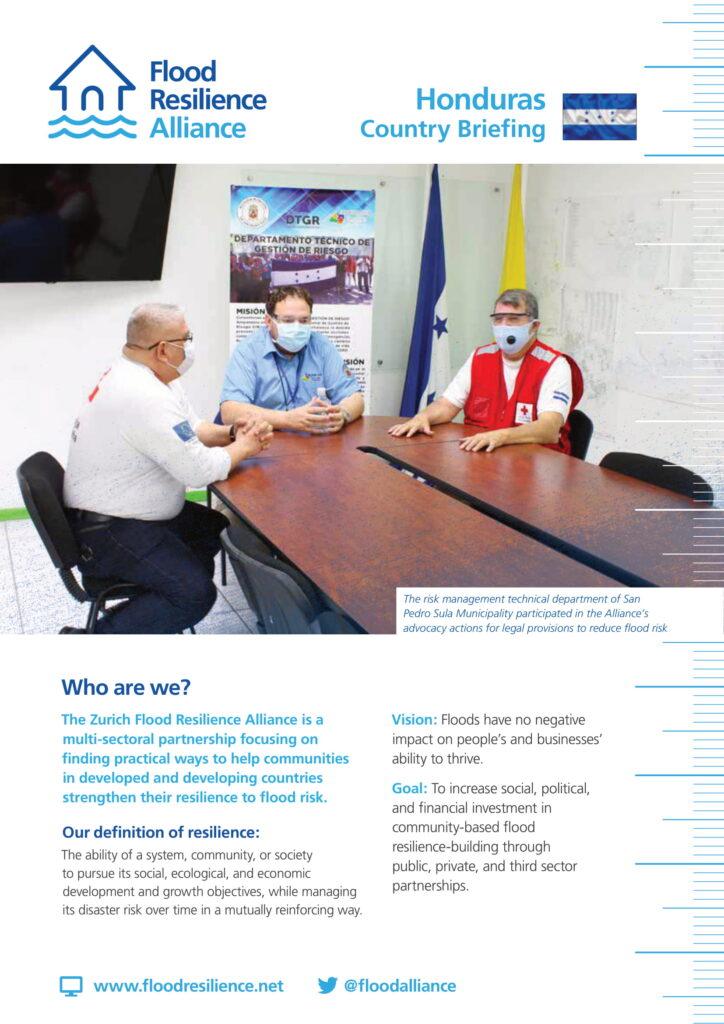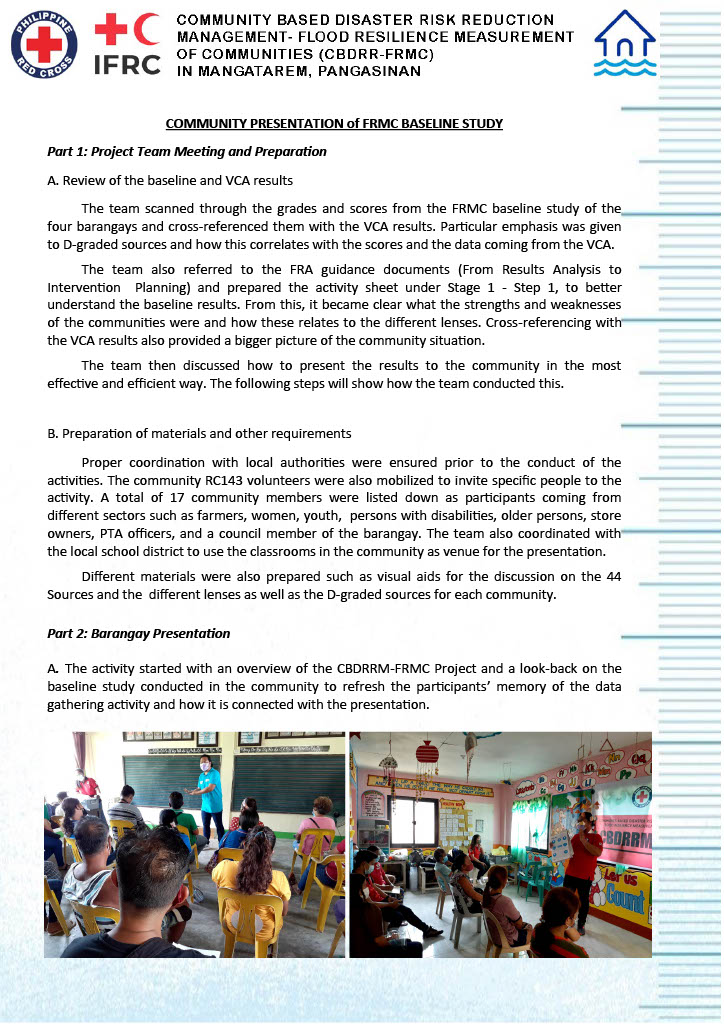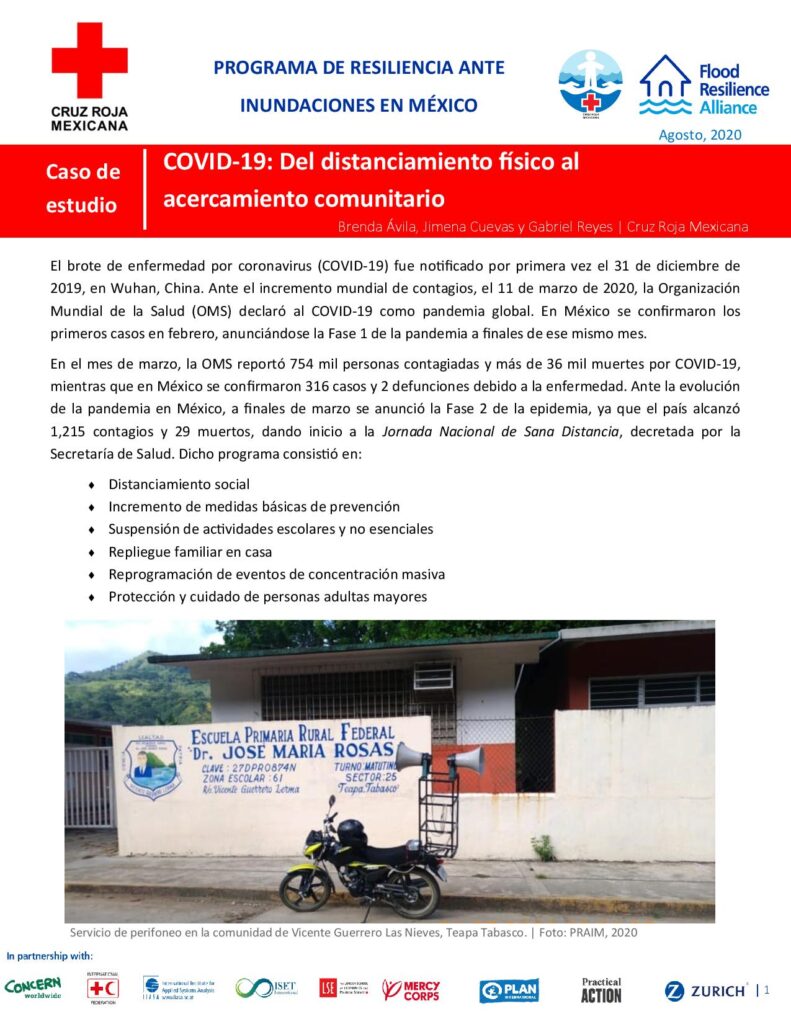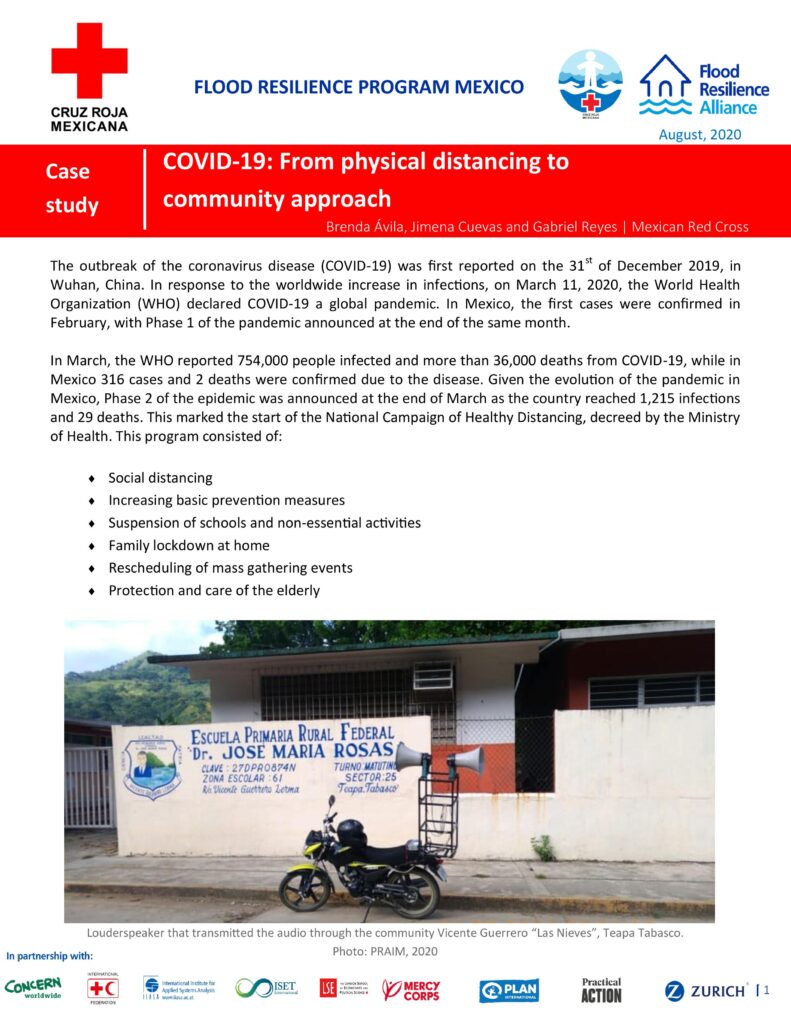Adaptability in Times of Covid-19: Exploring Digital Resilience Building
Traditional on-site and face-to-face resilience building activities are unavailable to humanitarian and development organizations due to the Coronavirus pandemic and related lockdowns. As communities across the globe still face risks in the form of Covid-19 as well as natural hazards like floods, finding practical ways to help communities strengthen their resilience is more important than […]
Adaptability in Times of Covid-19: Exploring Digital Resilience Building Read More »

